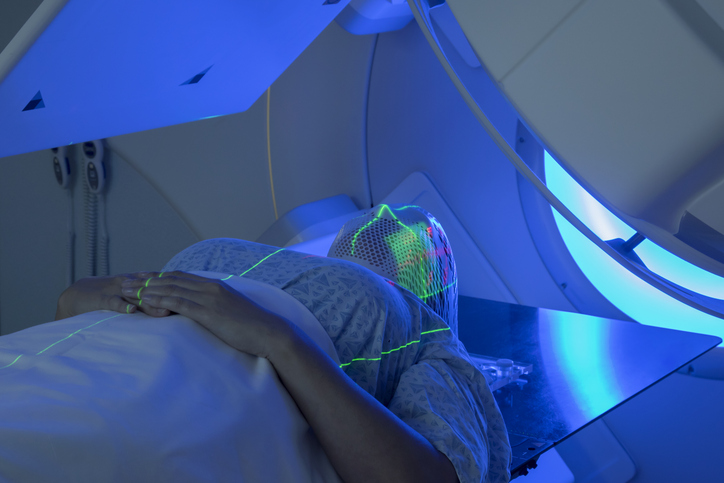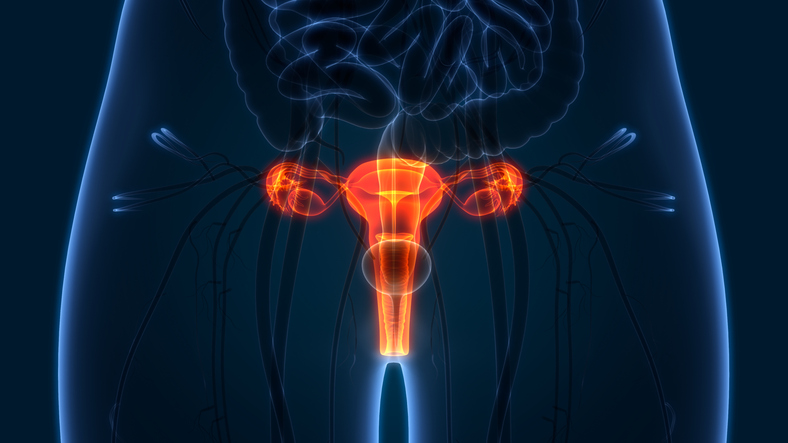
Researchers have uncovered a potentially promising strategy to target Gliomas with isocitrate dehydrogenase (IDH) genes, which are the most common brain tumors diagnosed in younger people age 18-45. The findings were published in the journal Cancer Discovery.
Prior to the study, researchers noted that IDH mutant gliomas have a metabolic weakness making them especially susceptible to treatments that lower levels of NAD+, a ubiquitous and vital metabolic molecule commonly thought of as the “currency of metabolism” in cells. Moreover, previous from past stidies found that chemotherapy activates an enzyme that stimulates NAD+ molecules to join together to make poly(ADP-ribose), or PAR, a key DNA damage signal. This PAR signal is a known susceptibility in IDH mutant gliomas. Researchers observed that activation of the enzyme by chemotherapy causes available NAD+ to be critically depleted for the production of PAR in IDH mutant glioma cells, but not normal cells.
These findings, according to the researchers, suggest that maintaining high PAR levels (and low NAD+ levels), in combination with chemotherapy, may uniquely target IDH mutant glioma cells. Considering this, Hiroaki Nagashima, MD, PhD, research fellow and lead author, devised a new treatment strategy and tested it in tumor cells and animal models.
“We found that maximum effectiveness was achieved by combining two agents: temozolomide, the chemotherapy most commonly used to treat patients with IDH mutant gliomas, with a drug that blocks PAR breakdown, known as a PAR glycohydrolase inhibitor,” said Dr. Daniel Cahill, a Neurosurgical Oncologist at Mass General and an Associate Professor of Neurosurgery at Harvard Medical School.
New treatment strategy may benefit patients with brain cancer https://t.co/63OeT8kLE0
— Medical Xpress (@physorg_health) June 30, 2020
“We showed, for the first time, that PAR glycohydrolase inhibitors can be used to enhance the effectiveness of chemotherapy in tumors with metabolic weaknesses in the NAD+ pathway,” said Dr. Hiroaki Wakimoto, an Associate Professor of Neurosurgery at Harvard Medical School.
Dr. Julie Miller, an Instructor in Neurology and a Neuro-Oncologist at Mass General who treats patients with IDH mutant glioma, noted that PAR glycohydrolase inhibitors are a newly-emerging class of drugs. “The long-term significance is that, based on our findings, they could be tested in individuals with IDH mutant gliomas, with a goal of hopefully improving outcomes in these patients,” she said.
New treatment strategy may benefit patients with brain cancer https://t.co/63OeT8kLE0
— Medical Xpress (@physorg_health) June 30, 2020
New treatment strategy may benefit patients with brain cancer https://t.co/NWq0q4qd8T
— Science Codex (@sciencecodex) July 1, 2020







 © 2025 Mashup Media, LLC, a Formedics Property. All Rights Reserved.
© 2025 Mashup Media, LLC, a Formedics Property. All Rights Reserved.